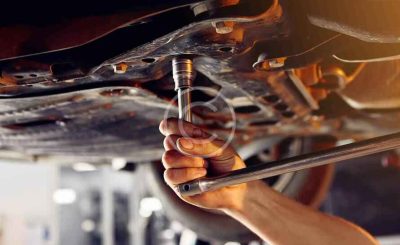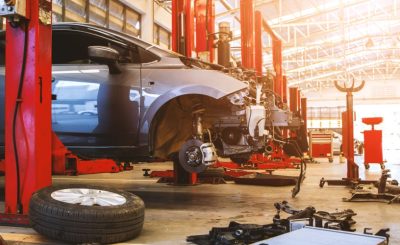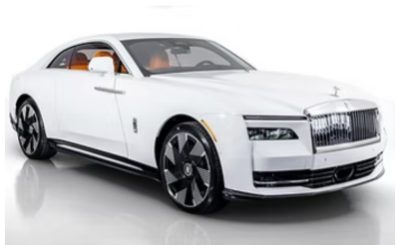Modern exhaust systems are engineered with precision to facilitate smoother airflow from the engine to the tailpipe. By minimizing restrictions in the exhaust path, these systems allow combustion gases to exit the engine more efficiently. This reduction in backpressure means the engine doesn’t have to work as hard to expel exhaust gases, resulting in better fuel economy. Advanced designs, such as mandrel-bent tubing and tuned mufflers, further optimize this flow, helping engines operate more efficiently and with greater responsiveness.
Precision with Oxygen Sensors and Fuel Mapping
One of the key upgrades in modern exhaust systems is the integration of high-tech oxygen sensors that work in conjunction with the vehicle’s engine control unit (ECU). These sensors monitor the level of oxygen in the exhaust gases and send feedback to the ECU, which then adjusts the air-fuel mixture in real time. A balanced mixture ensures complete combustion of fuel, which not only boosts performance but also reduces fuel waste. In essence, smarter exhaust systems communicate constantly with the engine to fine-tune efficiency. Going for the Auto Repair in Mandan, ND based service would be essential here.
Catalytic Converters and Cleaner Combustion
Catalytic converters are essential components in modern exhaust systems, primarily designed to reduce harmful emissions. However, they also contribute indirectly to fuel efficiency. By promoting cleaner combustion and reducing pollutants, catalytic converters help engines run more smoothly and within optimal temperature ranges. When emissions are kept in check, the engine doesn’t have to compensate by burning extra fuel, which helps maintain efficiency over the long haul. Advanced converters with dual-bed technology also warm up faster, helping reduce cold-start inefficiencies.
Lightweight Materials and Aerodynamic Designs
Another way modern exhaust systems enhance fuel efficiency is through the use of lighter, more durable materials like stainless steel and aluminum. These components reduce the vehicle’s overall weight, which in turn lowers the energy required to propel the car. Additionally, many new exhaust systems are designed with aerodynamics in mind—minimizing drag underneath the car and improving airflow. This not only benefits fuel consumption at higher speeds but also contributes to better handling and performance.
Engine Downsizing and Turbocharging Synergy
Many modern vehicles are adopting smaller, turbocharged engines for better fuel efficiency without sacrificing power. The performance of these engines is heavily reliant on well-designed exhaust systems. Turbochargers are driven by exhaust gases, so a free-flowing exhaust system is critical for maximizing boost and improving power output. In this context, exhaust systems play a vital role in supporting smaller engines to deliver high efficiency, making them indispensable to modern fuel-saving strategies.
By supporting cleaner combustion, reducing weight, enhancing airflow, and working in harmony with advanced engine technologies, modern exhaust systems are a cornerstone of improved fuel efficiency. They may be out of sight, but they’re never out of action when it comes to saving you money at the pump.








